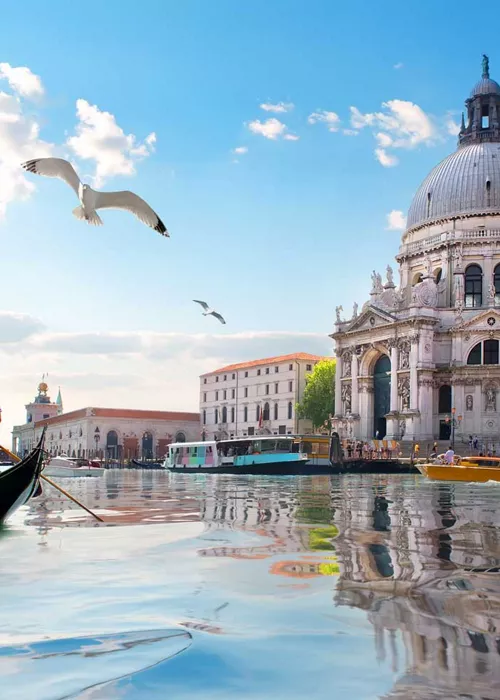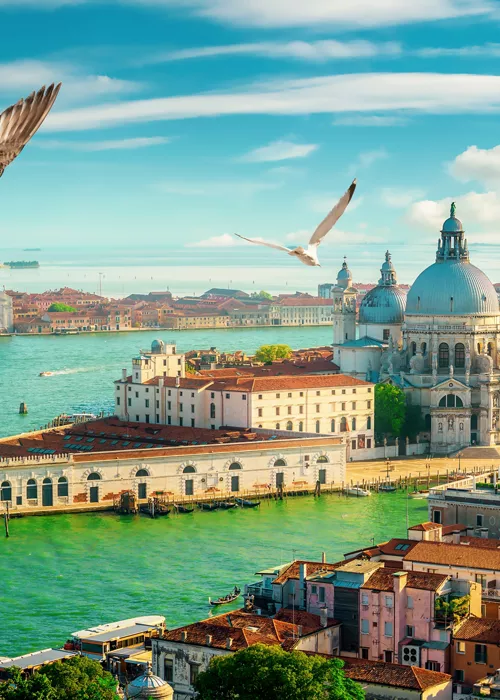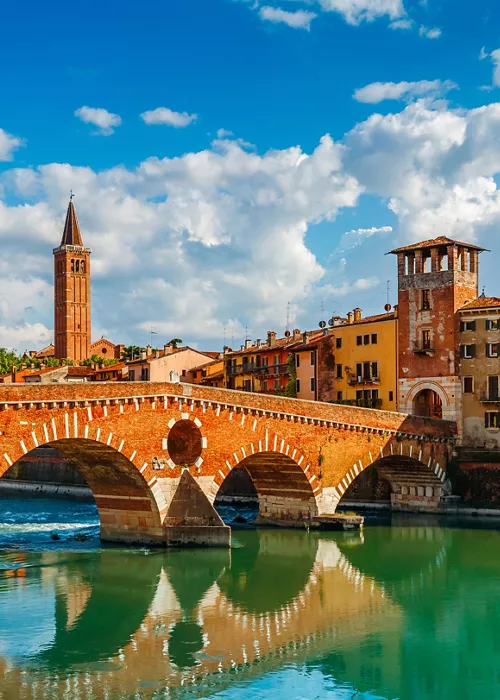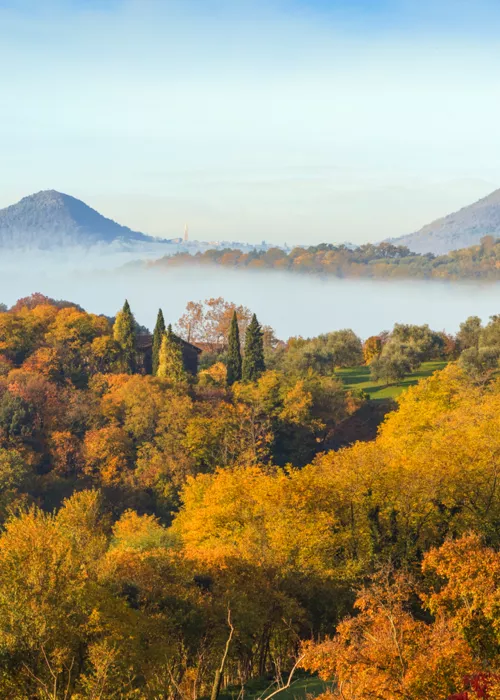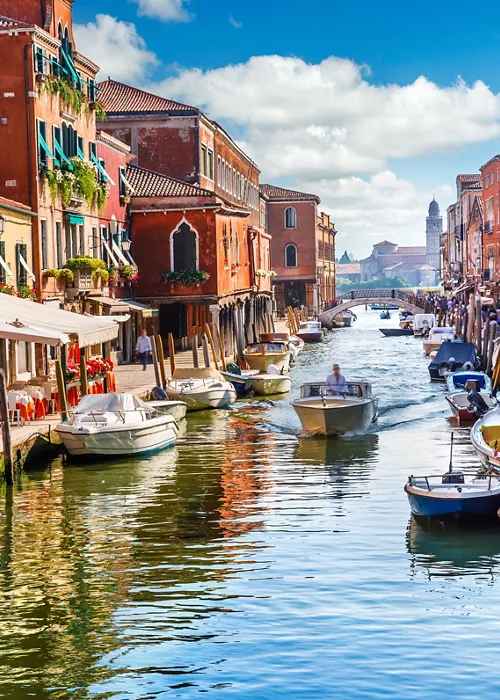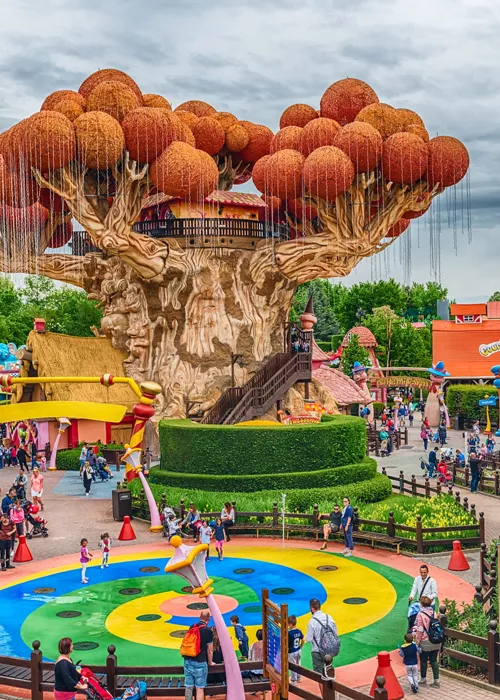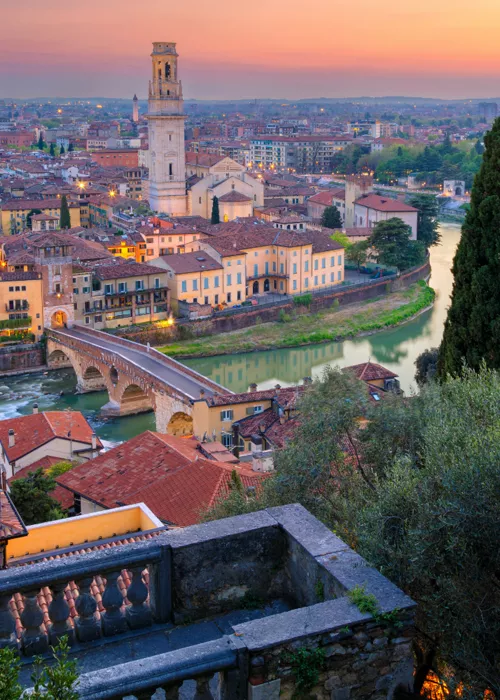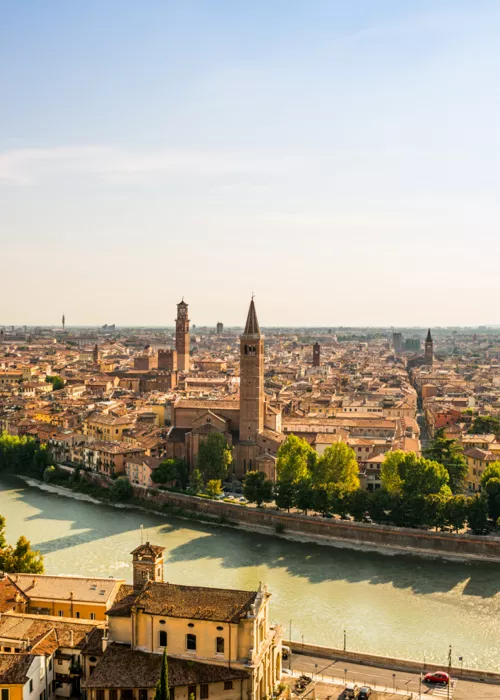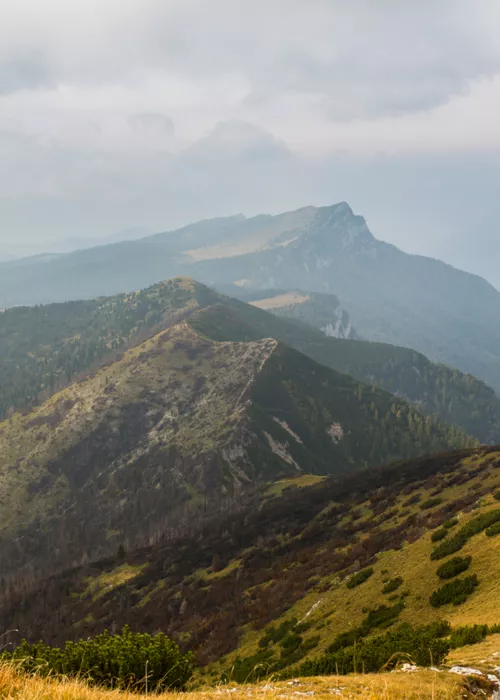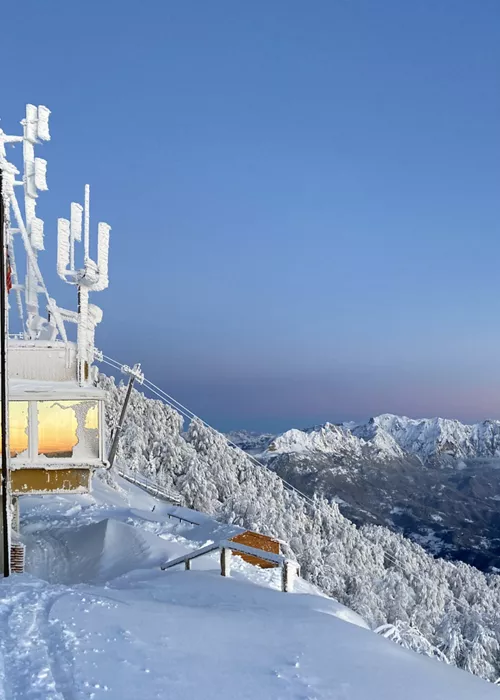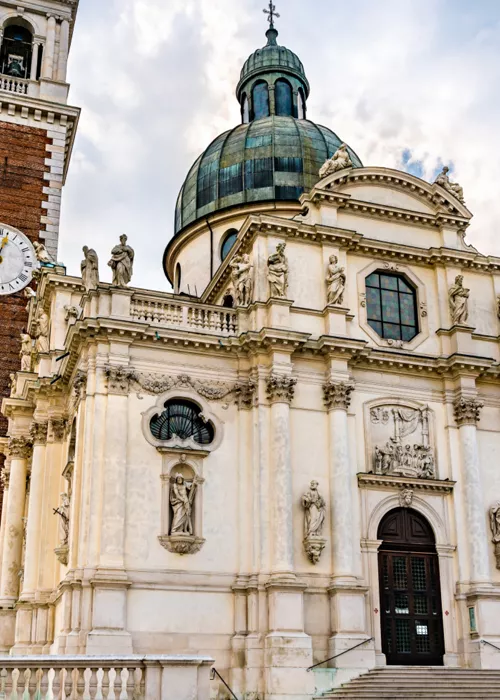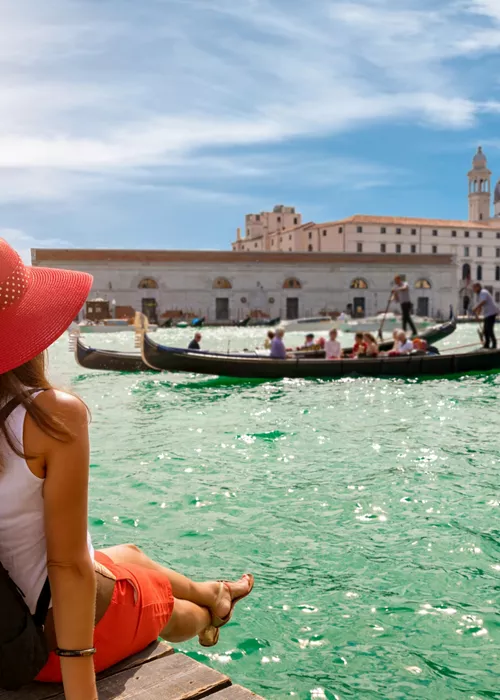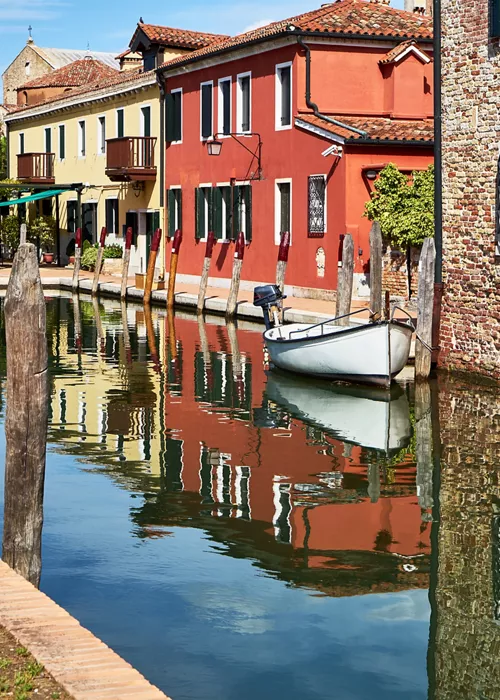Lazise, First Free Commune of Italy
3 minutes
Lazise, a municipality on the south-eastern shore of Lake Garda, has been ranked among the top 20 destinations in Italy for years. The extensive hilly agricultural landscape, a thermal spring, several famous amusement parks, buildings and stately villas testify to the long history of Lazise and the two hamlets that are part of it: Colà and Pacengo.
From stilt village to free commune
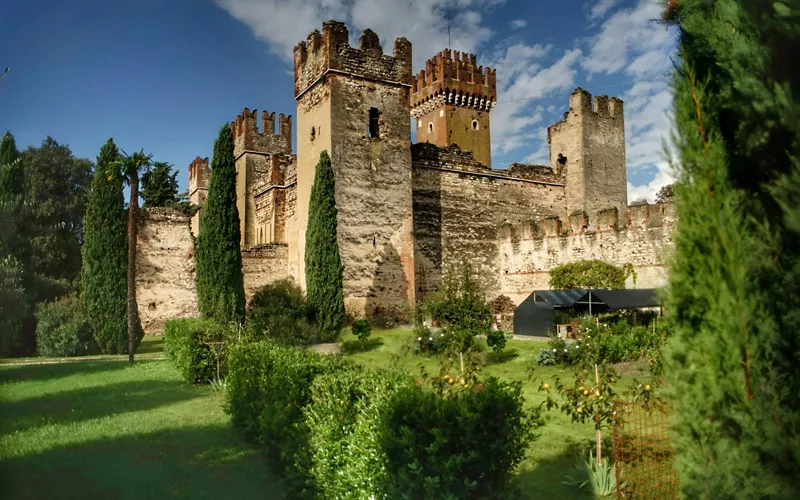
The name of the village derives from the Latin Lacisium, linked to the word lacus, "lake village", in line with some findings of remains of lake dwellings dating back to the Bronze Age. However, the first documents confirming the existence of an important settlement in Lazise date back to the early Middle Ages. Of great importance is the imperial deed signed by Otto II in 983 A.D. by which the emperor granted the village complete civic autonomy, thus making it the First Free Commune of Italy.
A short distance from the historical centre of Lazise is also Monte del Dragone, known as Mondragon. A castle once stood in this area where, according to local legends, witches and dragons used to meet. Indeed, the coat of arms of Lazise, which dates back to Venetian rule, depicts white and blue rhombuses on one side (reminiscent of the ancient Bavarian kingdom) and the Mondragon dragon on the other.
Protected by walls, Lazise is a treasure trove of beauty
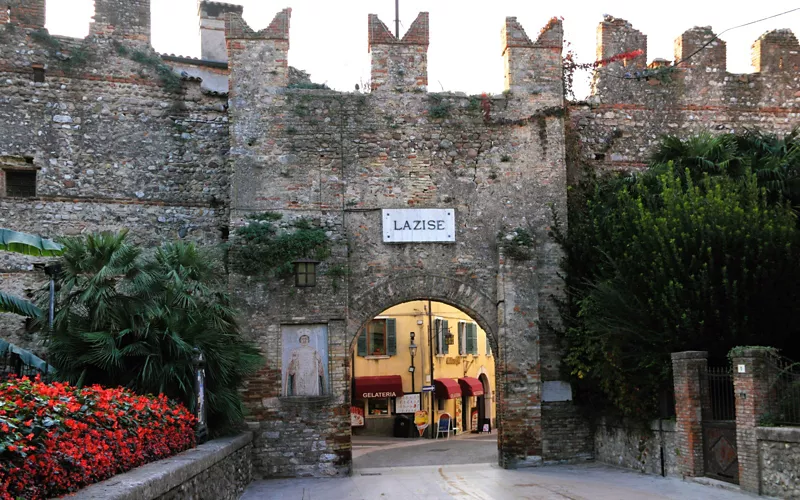
The village is entirely surrounded by a fortification dating back to the early Middle Ages. Three entrance doors to the historic centre, the first, with access from the east, was the "Porta Superiore", today Porta San Zeno. This was once the main entrance to the village and, if you look closely, you can see that it is lower than the rest of the walls. The reason behind this detail is quite interesting. In fact, it was the Visconti, together with the Gonzaga, who decided to lower it as a symbolic act of victory against the Venetians, to humiliate them and flaunt their superiority.
The second gate, known as the Lion Gate, gives access from the south. Once known as "Porta San Marco", it is crossed by Via Rosenheim and adorned with flowers, colours and scents. In particular, there is a beautiful view of the Scaliger Castle from here. The third and last gate, also by construction, is located to the north. The old name was "Porta Nuova", but today we know it as Porta Cansignorio, still bearing the marks of the war between Venice and the Visconti.
A village, and a territory, waiting to be discovered
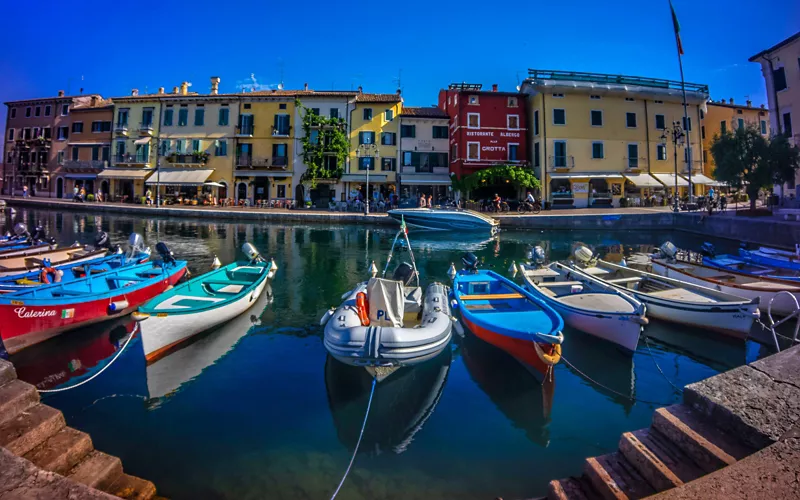
Even today, the gates are connected by the typically medieval walls. What is different from the past is the absence of the fourth wall that faced directly onto the lake, closing off the town centre. It is curious to know that, in the past, the historical centre of Lazise was considered a small Venice. Some alleys still bear the name "calle". Water used to flow in these alleys, allowing direct access to the houses by boat. Strolling through the centre, you can admire several fascinating places such as the famous Venetian Customs House, the Portovecchio with the Romanesque Church of San Nicolò and a lakeside promenade where you can find peace of mind. Although the Scaliger Castle in Lazise cannot be visited, history lovers can always join the Lazise Walking Tour. A guided tour of Lazise among the most evocative points of interest, covering the most important moments that have marked the history of the village. Moreover, during the warm season, it is possible to visit Lazise thanks to the Garda Lake Bus Tour. An enchanting multi-stage bus tour of the lake, which also includes a leg on the characteristic Lake Garda ferries.




